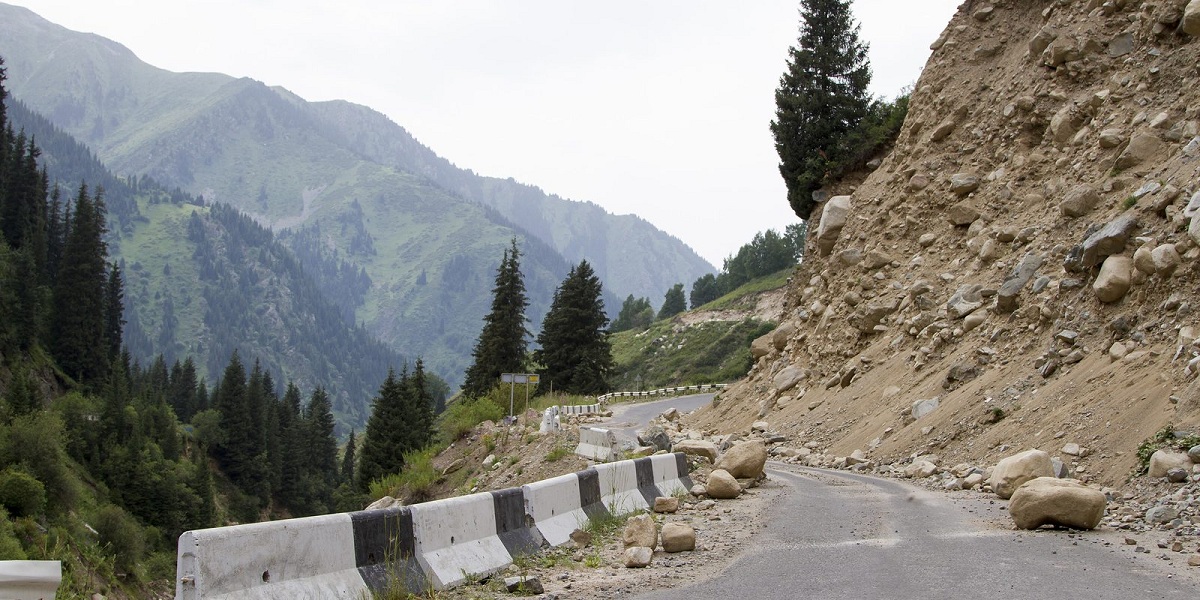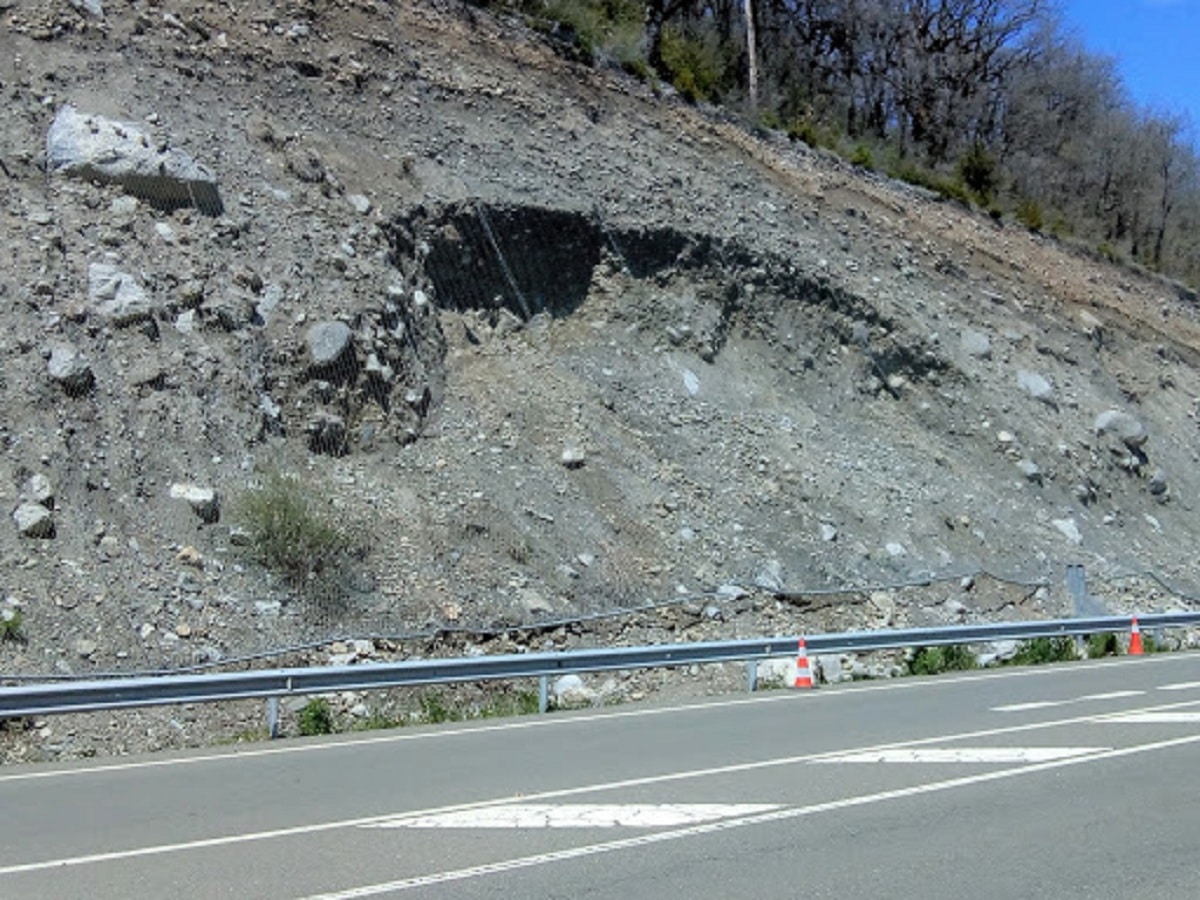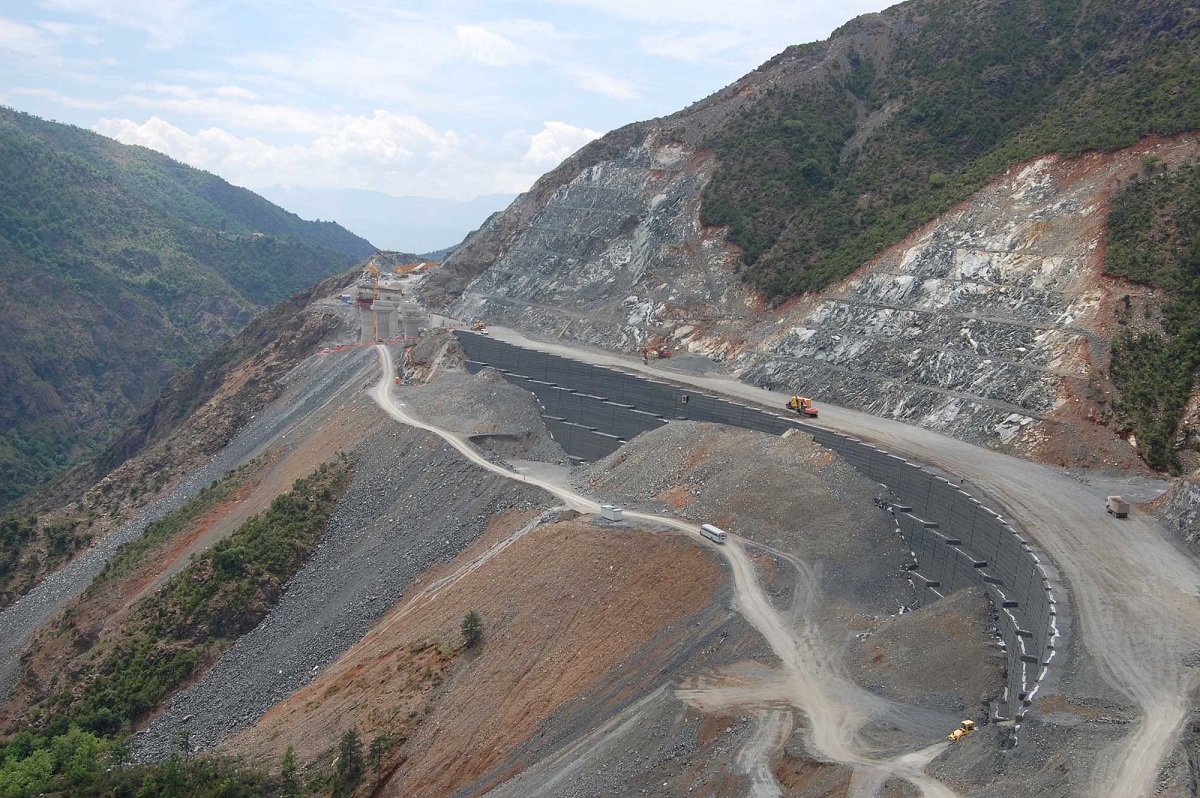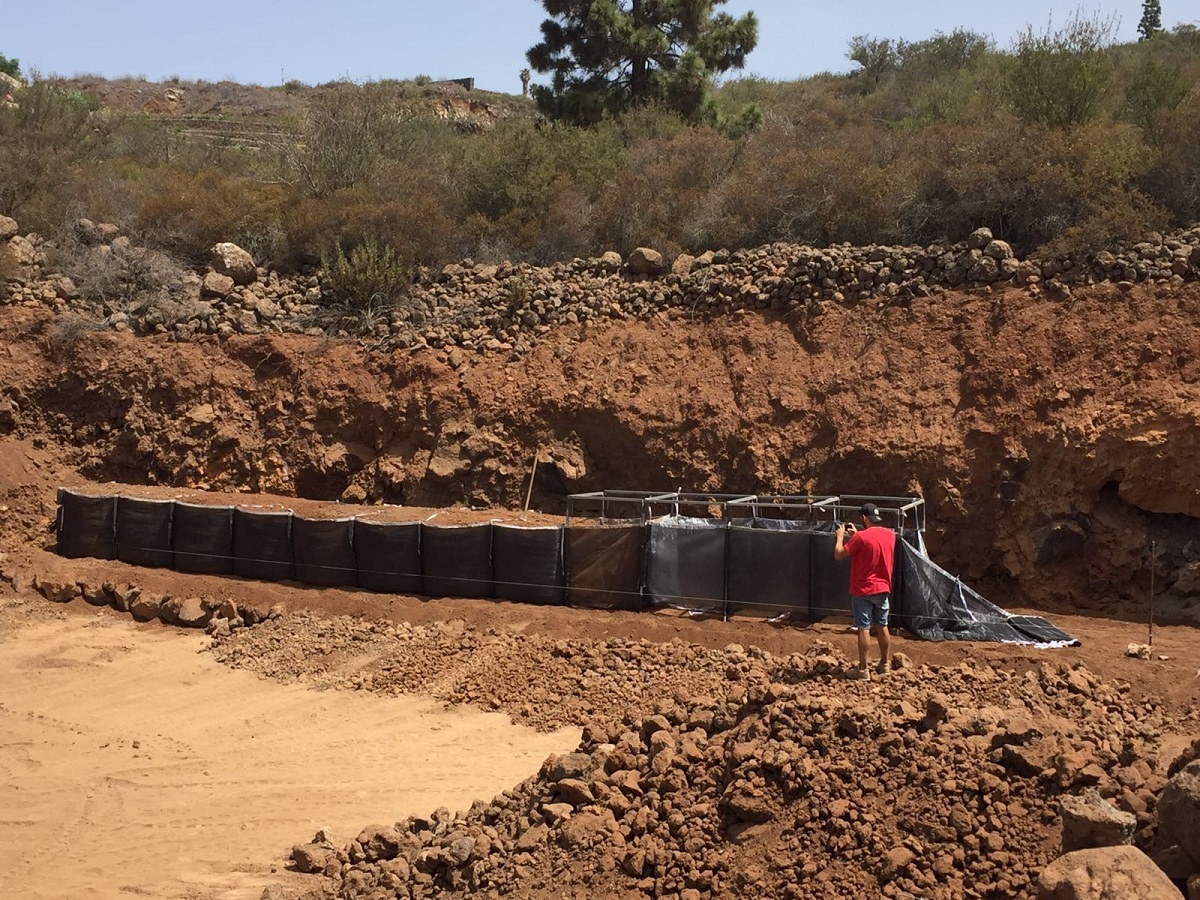
When we talk about Slopes we mean any surface that was inclined with respect to the horizontal. There are numerous types of slopes, both natural and artificial, and they can take a temporary or permanent form depending on their nature.
In this article we are going to tell you about the types of slopes, how they are formed and their main characteristics.
Main types of slopes

A surface that is inclined relative to the horizontal is considered a slope. There are natural slopes that have a structure formed by soil or rock. On the other hand, there are artificial slopes that are created with cement, asphalt or other elements and serve to create unevenness out of necessity or convenience.
We are going to differentiate which are the main types of slopes:
- Natural: are those that are formed in nature through the various geological agents that act on soils and bedrock.
- Artificial: They are those that are created from the hand of man. They mainly have objectives to be able to build roads, dams, railways, embankments, etc.
When it is intended to build a slope in a dam either in rock or on land, it is necessary to have a prior design with a very detailed study. You just have to think that if we create a slope to contain the waters of a reservoir, said slope must be able to support the weight of the water without breaking. Otherwise, if a dam fails, all the water could shoot out and affect the population downstream.
Slope design should have a limit and a thorough analysis. The first is to assume a failure surface. As we know, on the surface of the faults are the zones that are most seismically active. This can cause earthquakes that destroy the slopes. One of the fundamental aspects in the design of the slopes is the application of the different criteria of the resistance of materials. The slopes are built with different materials. You have to compare the resistance of each material with the one that is built, adapting it to any mechanism that may fail.
Most common types of slope failure

A failure in a slope occurs through a landslide of the soil mass. This mass acts as a rigid solid body that slides along the fault. This can affect the stability of the slope to a great extent. We are going to analyze which are the most common types of failure:
- Failure by a shallow landslide: this type of fault also depends on the weather and climate of the region. In this case, the meteorology to exercise great importance when building a slope. If the climate of a region is rainier, it runs the risk of a landslide more frequently.
- Landslide on natural slopes on pre-existing fault surface: it is usually easier for faults to appear on slopes that are already formed by slope deposits naturally. Sometimes these deposits are located on other firmly laminated materials.
- Slope movement failure: are those that take place through the movement of the slope either by various external agents such as water or wind.
- Rotation failure: it is a curved surface along which slope movement takes place.
- Translational failures: it takes place along weaker surfaces with less resistant materials. The surface is usually horizontal or slightly sloping.
- Flow: This flow is very similar to that of a viscous liquid such as lava or honey and can occur on an uncemented surface.
- Erosion failure: Continuous wind and water drag can cause a surface to fail. It must be borne in mind that for this to occur, the action of these geological agents must be very intense and extended over time.
- Liquefaction failure: it takes place when it has a more or less firm shape than that of a suspension.
- Bearing capacity failure: occurs when a structure with greater weight is built on top of what the slope can support.
Cause of movements

When we see a movement of slopes it is necessary to analyze well what are the causes of it. Let's see what they are:
- Unstable floors: They tend to move to the bottom acted by the force of gravity or other forces or loads that are greater than the holding capacity.
- Non-cohesive soils: they are those soils granular texture or pure sand in which the fault surface is flat. Slopes that are built on massifs that are not cohesive will be stable as long as the slope angle is less than the angle of internal friction of the sand or granular surface.
Natural slopes come in different shapes. They are slopes rarely homogeneous or without stratification. They are also not chemically stable and tend to be overconsolidated soils. One of the main characteristics of natural slopes is that they present fissures and cracks that form weak points in the structure. Therefore, it is said that it does not have any kind of stratification.
The soils in which slopes are most frequently formed are loose soils, wet sands, loose silt deposited in clays, soils with fissured clays, and hard soils with fissured clays. In natural slopes the causes of movement are usually due to the following points:
- Weight gain
- Decreased issue of materials
- Increase in porosity due to excess erosion
- Shear decrease
These causes are increased by some agents that predispose and facilitate sliding. These agents are the geological formation, the topography of the terrain, the weather, the water cycle, gravity, the difference in temperatures and the type of vegetation.
I hope that with this information you can learn more about the slopes and their characteristics.